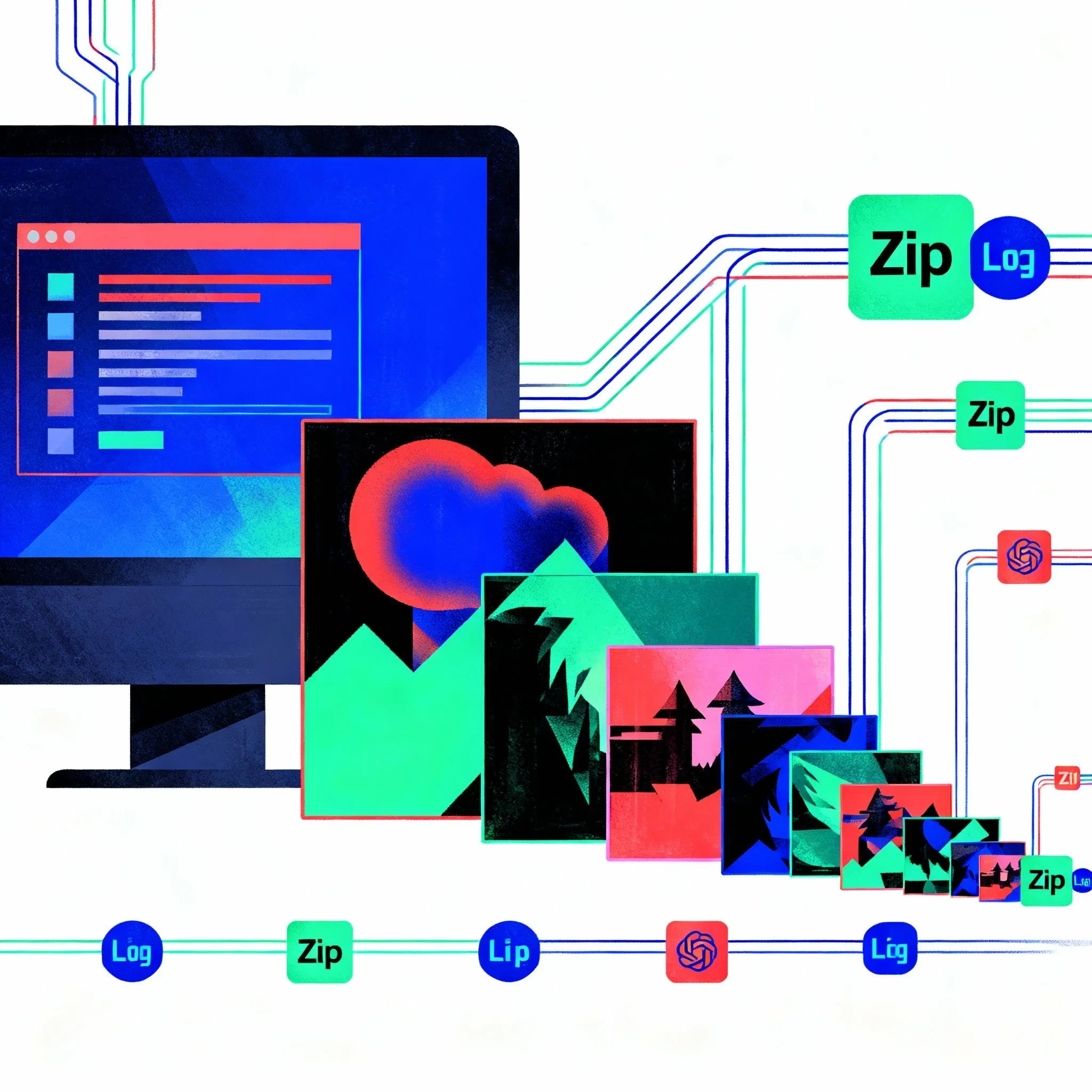The Ultimate Guide to Image Compression

In today's digital world, image compression is a simple but powerful way to improve site speed, reduce bandwidth, and boost SEO. This guide explains how compression works, the trade-offs between quality and size, and step-by-step tips you can implement now.
What is Image Compression?
Image compression reduces the file size of an image while trying to retain visual quality. Smaller images load faster and consume less data — critical for mobile users and search engines.
Types of Image Compression
- Lossy: Removes some image data to shrink files (e.g., JPG). Great for photos where tiny quality loss is acceptable.
- Lossless: Compresses without losing data (e.g., PNG). Ideal for graphics, logos, and images requiring transparency.
Choosing the Right Image Format
Format choice affects both compression and compatibility. Modern formats like WebP often give the best size/quality balance; JPG remains good for wide compatibility on photos; PNG is best when transparency or pixel-perfect fidelity is required.
For conversion and experimenting with formats, try our tool:
Open Image Converter →Practical Tips for Optimizing Images
- Resize images to the dimensions they will be displayed — don't serve 4000px images if they show at 800px.
- Choose the right format: WebP for general, JPG for photos where compatibility matters, PNG for graphics/transparency.
- Adjust compression level: visually test quality at 60–85% for JPG — often a sweet spot.
- Use responsive images: generate multiple sizes and use
srcset/<picture>. - Lazy-load offscreen images with
loading="lazy"or IntersectionObserver. - Automate: integrate image optimization in your build/deploy pipeline (e.g., image minifiers or CDN transforms).
How Image Compression Benefits SEO
Faster pages increase Core Web Vitals scores and reduce bounce rate; both are positive signals to search engines. Compressed images help achieve better Largest Contentful Paint (LCP) and overall page speed.
Conclusion
Image compression is a high-impact, low-effort optimization. Implement format selection, resizing, compression, and responsive delivery to dramatically improve performance and UX.
For more details, read our image format comparison and try the image compressor to test settings instantly.